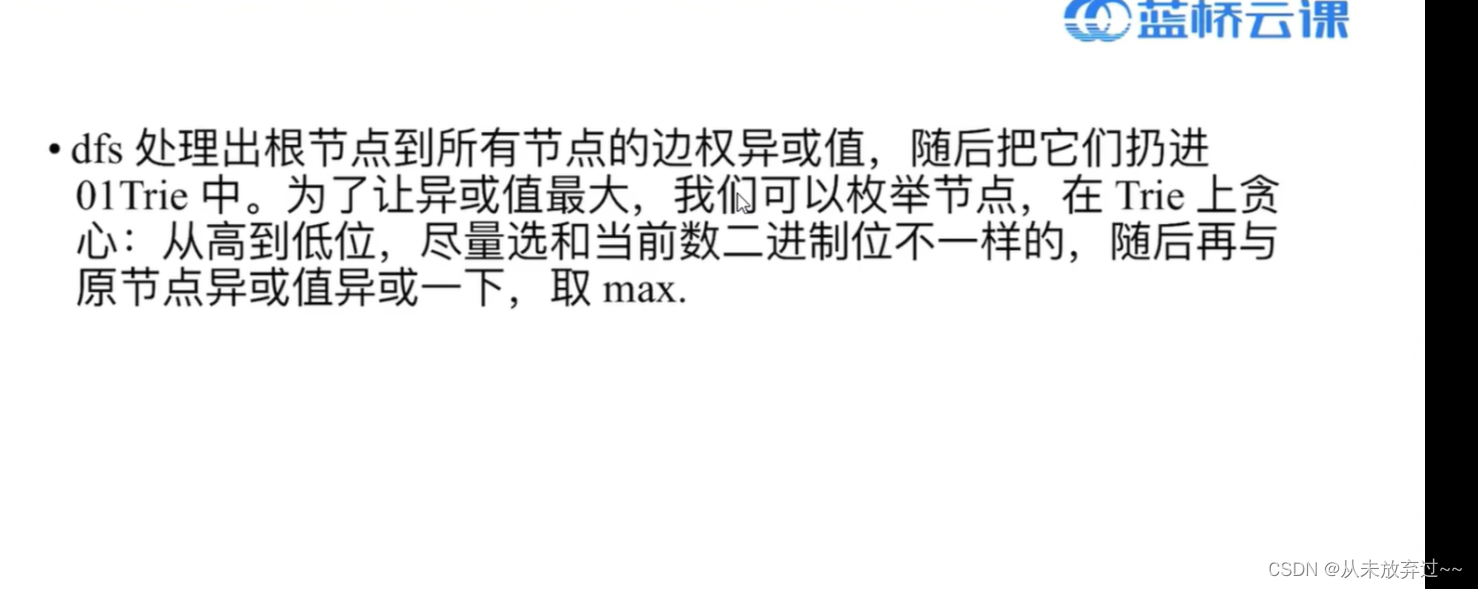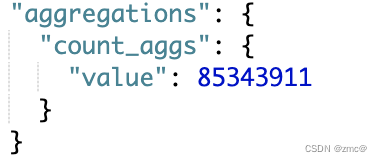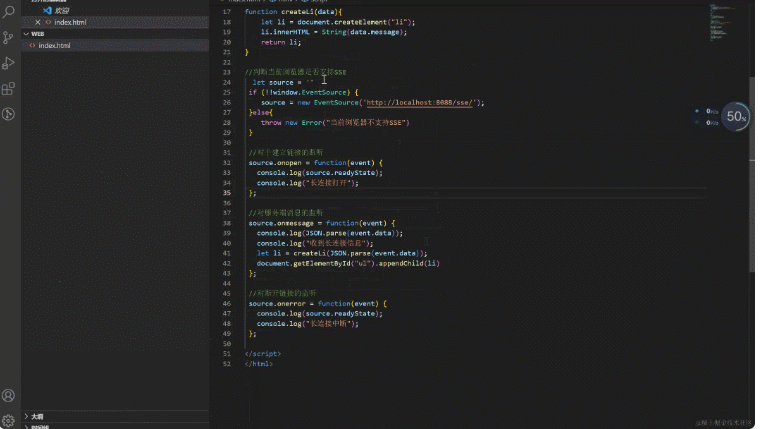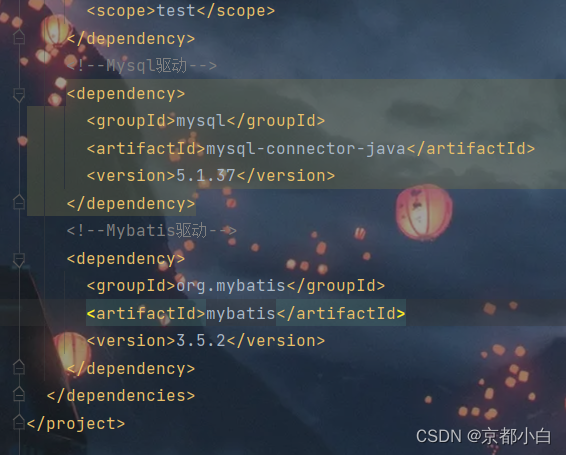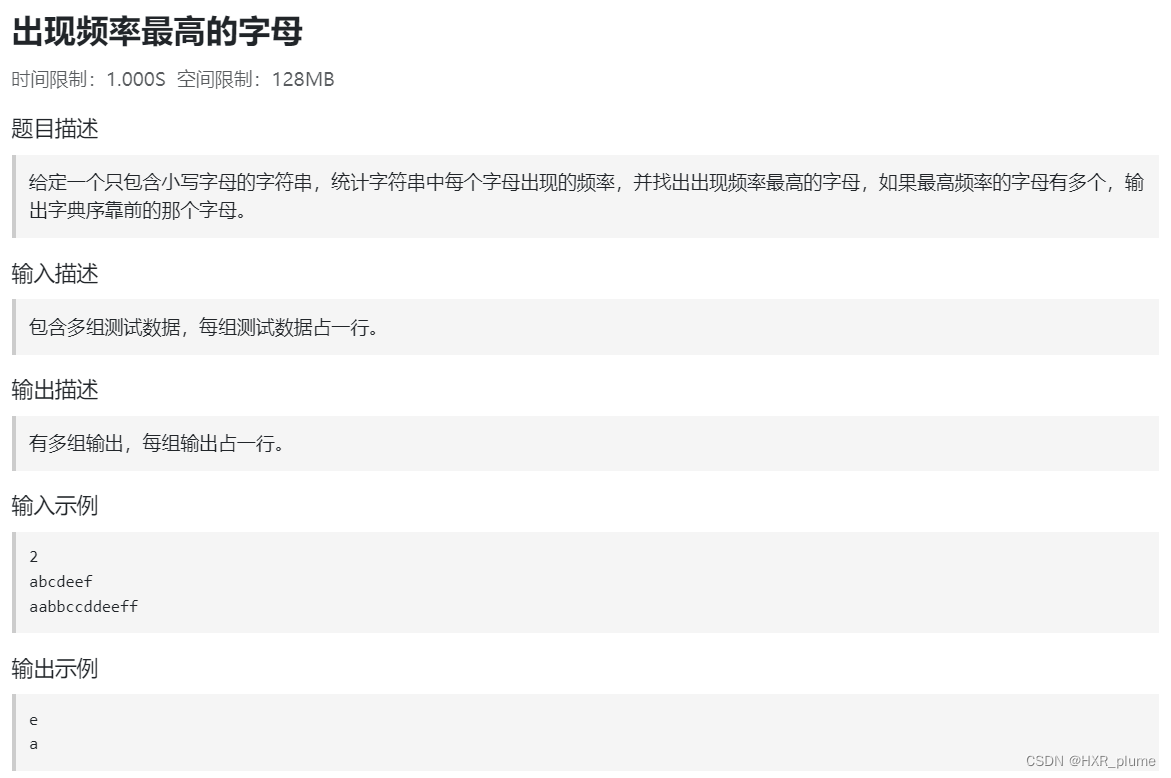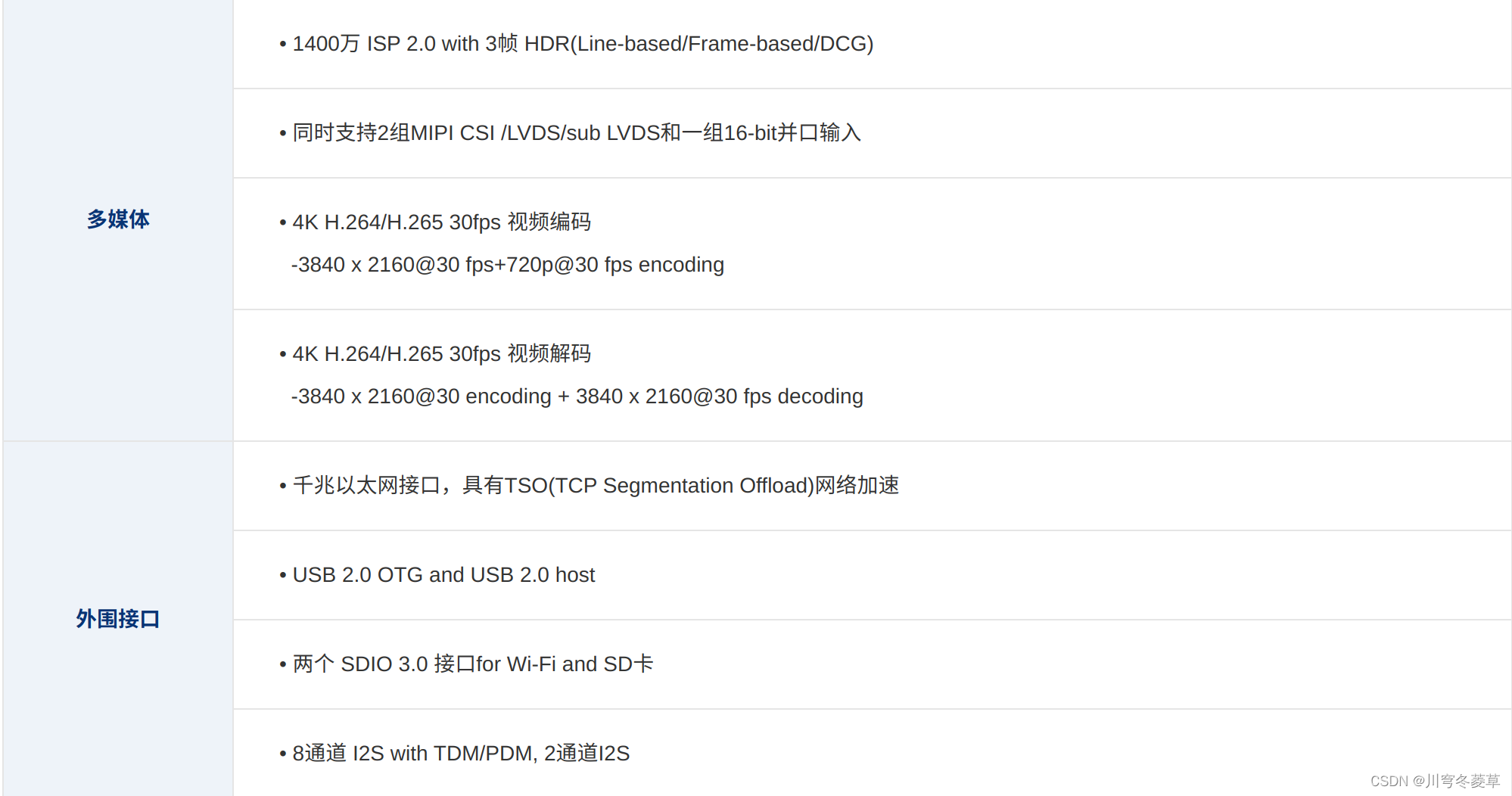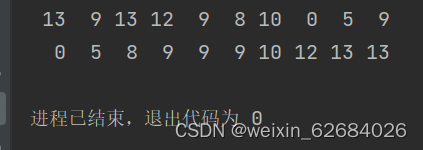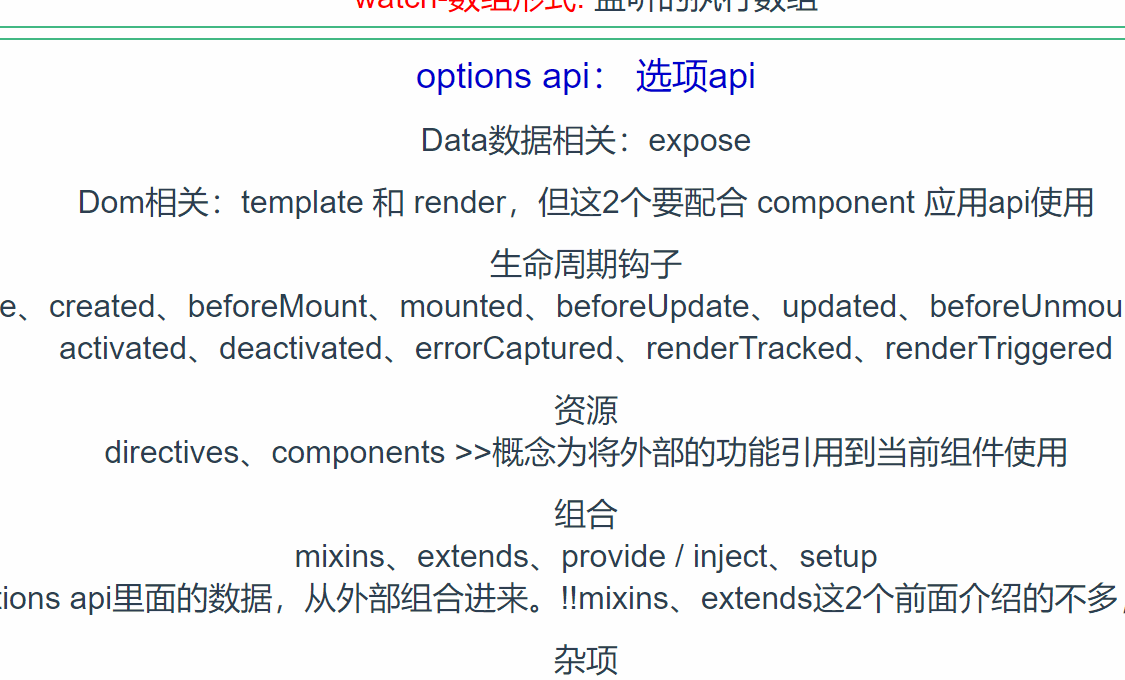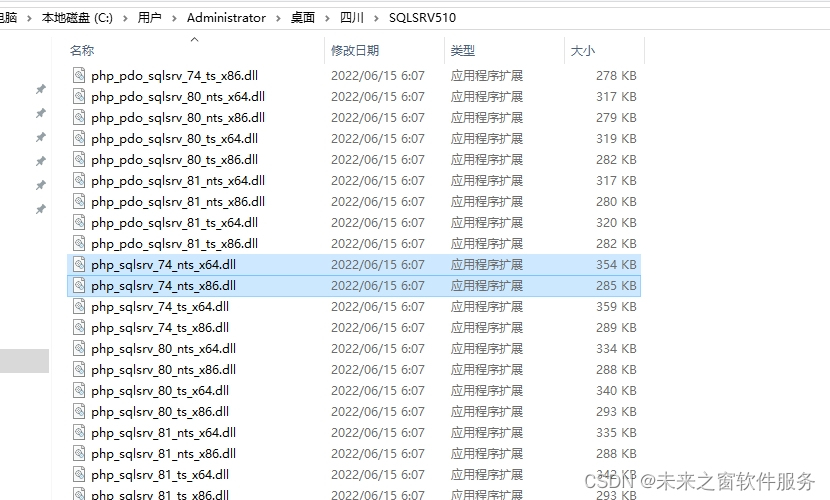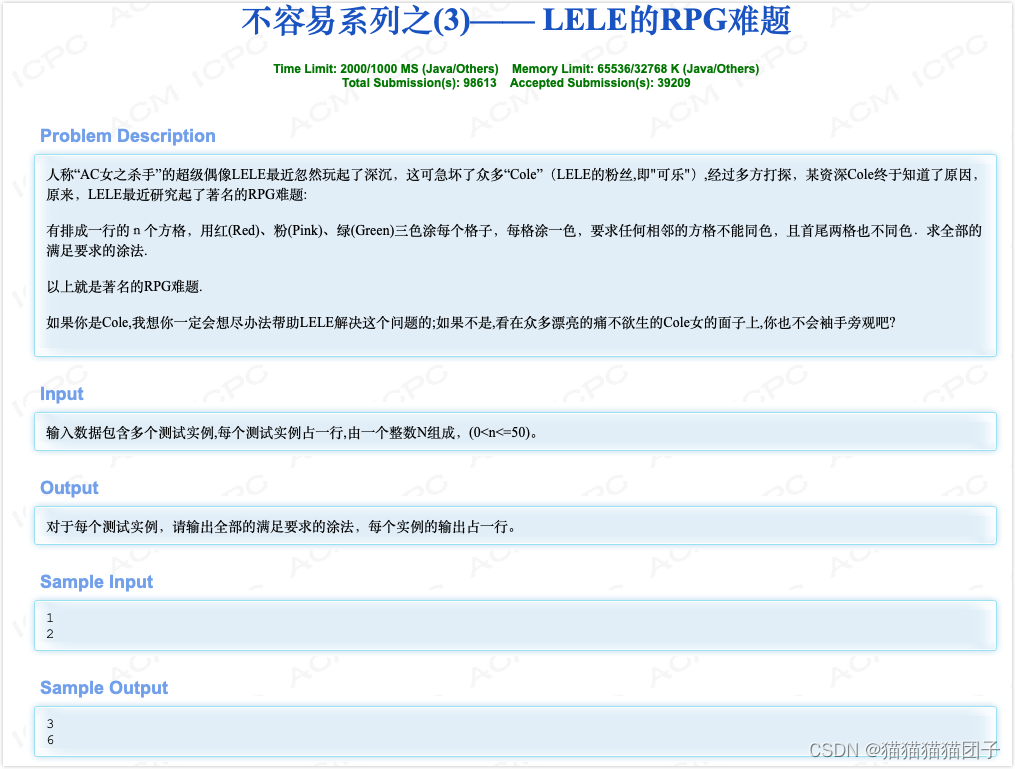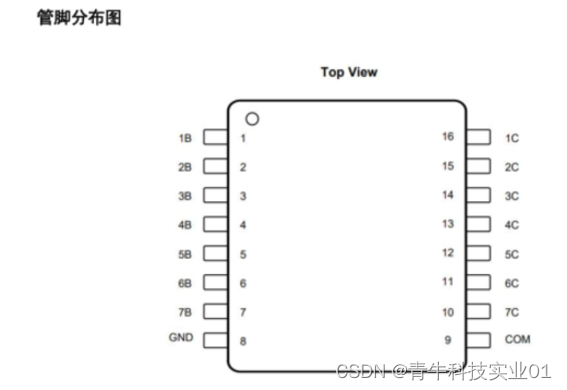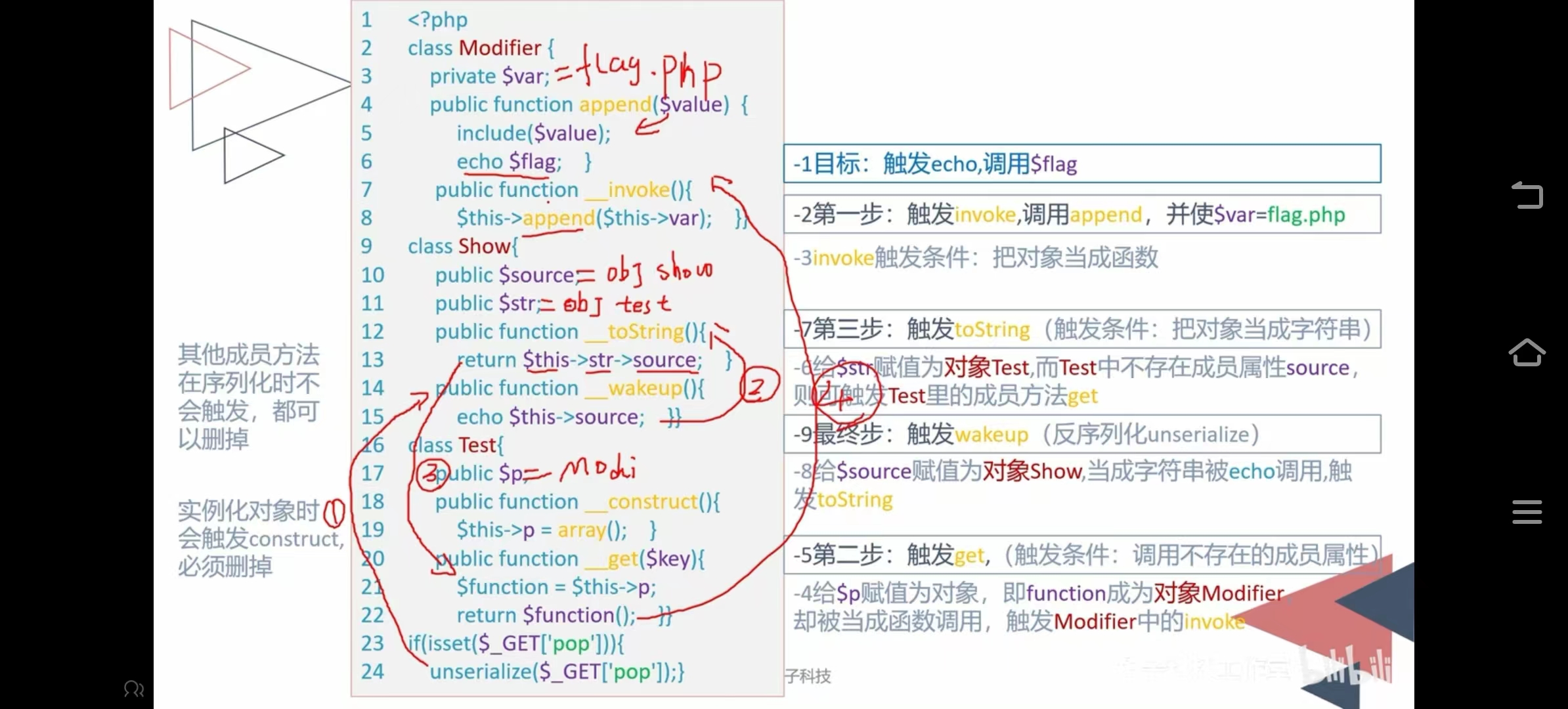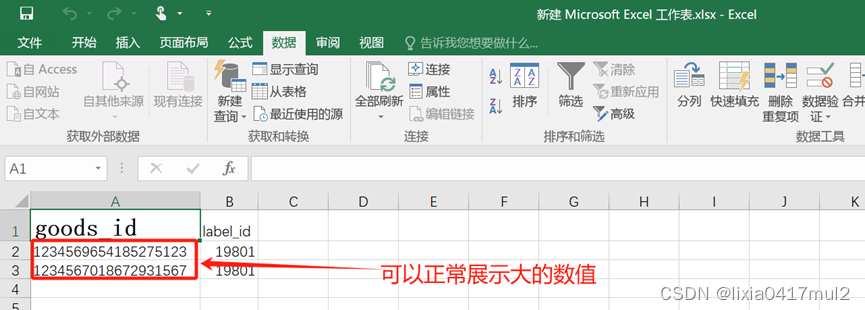目录
任务
代码
train.py
predit.py
数据
任务
使用 bert-base-chinese 训练相似度任务,参考:微调BERT模型实现相似性判断 - 知乎
参考他上面代码,他使用的是 BertForNextSentencePrediction 模型,BertForNextSentencePrediction 原本是设计用于下一个句子预测任务的。在BERT的原始训练中,模型会接收到一对句子,并试图预测第二个句子是否紧跟在第一个句子之后;所以使用这个模型标签(label)只能是 0,1,相当于二分类任务了
但其实在相似度任务中,我们每一条数据都是【text1\ttext2\tlabel】的形式,其中 label 代表相似度,可以给两个文本打分表示相似度,也可以映射为分类任务,0 代表不相似,1 代表相似,他这篇文章利用了这种思想,对新手还挺有用的。
现在我搞了一个招聘数据,里面有办公区域列,处理过了,每一行代表【地址1\t地址2\t相似度】

只要两文本中有一个地址相似我就作为相似,标签为 1,否则 0
利用这数据微调,没有使用验证数据集,就最后使用测试集来看看效果。
代码
train.py
import json
import torch
from transformers import BertTokenizer, BertForNextSentencePrediction
from torch.utils.data import DataLoader, Dataset
# 能用gpu就用gpu
# device = torch.device("cuda" if torch.cuda.is_available() else "cpu")
device = torch.device("cpu")
bacth_size = 32
epoch = 3
auto_save_batch = 5000
learning_rate = 2e-5
# 准备数据集
class MyDataset(Dataset):
def __init__(self, data_file_paths):
self.texts = []
self.labels = []
# 分词器用默认的
self.tokenizer = BertTokenizer.from_pretrained('../bert-base-chinese')
# 自己实现对数据集的解析
with open(data_file_paths, 'r', encoding='utf-8') as f:
for line in f:
text1, text2, label = line.split('\t')
self.texts.append((text1, text2))
self.labels.append(int(label))
def __len__(self):
return len(self.texts)
def __getitem__(self, idx):
text1, text2 = self.texts[idx]
label = self.labels[idx]
encoded_text = self.tokenizer(text1, text2, padding='max_length', truncation=True, max_length=128, return_tensors='pt')
return encoded_text, label
# 训练数据文件路径
train_dataset = MyDataset('../data/train.txt')
# 定义模型
# num_labels=5 定义相似度评分有几个
model = BertForNextSentencePrediction.from_pretrained('../bert-base-chinese', num_labels=6)
model.to(device)
optimizer = torch.optim.Adam(model.parameters(), lr=learning_rate)
# 训练模型
train_loader = DataLoader(train_dataset, batch_size=bacth_size, shuffle=True)
trained_data = 0
batch_after_last_save = 0
total_batch = 0
total_epoch = 0
for epoch in range(epoch):
trained_data = 0
for batch in train_loader:
inputs, labels = batch
# 不知道为啥,出来的数据维度是 (batch_size, 1, 128),需要把第二维去掉
inputs['input_ids'] = inputs['input_ids'].squeeze(1)
inputs['token_type_ids'] = inputs['token_type_ids'].squeeze(1)
inputs['attention_mask'] = inputs['attention_mask'].squeeze(1)
# 因为要用GPU,将数据传输到gpu上
inputs = inputs.to(device)
labels = labels.to(device)
optimizer.zero_grad()
outputs = model(**inputs, labels=labels)
loss, logits = outputs[:2]
loss.backward()
optimizer.step()
trained_data += len(labels)
trained_process = float(trained_data) / len(train_dataset)
batch_after_last_save += 1
total_batch += 1
# 每训练 auto_save_batch 个 batch,保存一次模型
if batch_after_last_save >= auto_save_batch:
batch_after_last_save = 0
model.save_pretrained(f'../output/cn_equal_model_{total_epoch}_{total_batch}.pth')
print("保存模型:cn_equal_model_{}_{}.pth".format(total_epoch, total_batch))
print("训练进度:{:.2f}%, loss={:.4f}".format(trained_process * 100, loss.item()))
total_epoch += 1
model.save_pretrained(f'../output/cn_equal_model_{total_epoch}_{total_batch}.pth')
print("保存模型:cn_equal_model_{}_{}.pth".format(total_epoch, total_batch))训练好后的文件,输出的最后一个文件夹才是效果最好的模型:

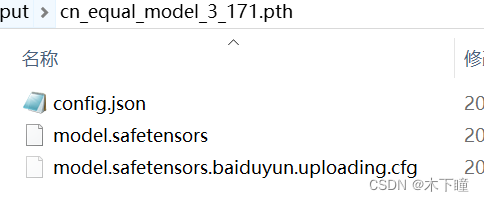
predit.py
import torch
from transformers import BertTokenizer, BertForNextSentencePrediction
tokenizer = BertTokenizer.from_pretrained('../bert-base-chinese')
model = BertForNextSentencePrediction.from_pretrained('../output/cn_equal_model_3_171.pth')
with torch.no_grad():
with open('../data/test.txt', 'r', encoding='utf8') as f:
lines = f.readlines()
correct = 0
for i, line in enumerate(lines):
text1, text2, label = line.split('\t')
encoded_text = tokenizer(text1, text2, padding='max_length', truncation=True, max_length=128, return_tensors='pt')
outputs = model(**encoded_text)
res = torch.argmax(outputs.logits, dim=1).item()
print(text1, text2, label, res)
if str(res) == label.strip('\n'):
correct += 1
print(f'{i + 1}/{len(lines)}')
print(f'acc:{correct / len(lines)}')

可以看到还是较好的学习了我数据特征:只要两文本中有一个地址相似我就作为相似,标签为 1,否则 0
数据
链接:https://pan.baidu.com/s/1Cpr-ZD9Neakt73naGdsVTw
提取码:eryw
链接:https://pan.baidu.com/s/1qHYjXC7UCeUsXVnYTQIPCg
提取码:o8py

